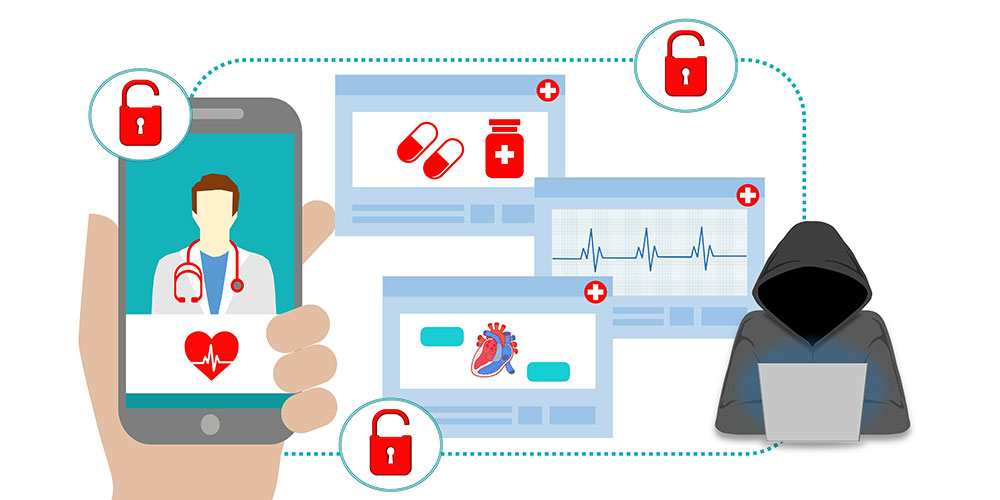The average cost of a healthcare data breach reached nearly $11 million in 2023 — up 53% from 2020, according to IBM Security’s 2023 Cost of a Data Breach Report.
The research, conducted by Ponemon Institute and analyzed by IBM, is based on an analysis of data breaches experienced by 553 organizations globally between March 2022 and March 2023. Overall, the report shows the global average cost of a data breach reached $4.45 million in 2023 — an all-time high for the annual report and a 15% increase over the last three years. Detection and escalation costs also increased by 42%, representing the highest portion of breach cost and indicating a “shift toward more complex breach investigations.”
The report also found that across all industries studied, customer personally identifiable information (PII) was the most commonly breached record type and the costliest. The report notes cybercriminals have “started making stolen data more accessible to downstream victims.” Using medical records, in particular, as leverage, “threat actors amplify pressure on breached organizations to pay a ransom,” says the report.
In February, BlackCat, a Russia-based ransomware group, attacked Lehigh Valley Health Network (LVHN). When it refused to pay the ransom, the group hacked a system containing clinical images of patients receiving oncology treatment and other sensitive patient data. To further pressure LVHN into paying the ransom, the group began releasing stolen data on its leak site, including screenshots of documents with patient diagnoses and images of three breast cancer patients, naked from the waist up.
As businesses find ways to address the increasing cost and frequency of data breaches, the report says that while 95% of studied organizations have experienced more than one breach, those organizations were more likely to pass incident costs onto consumers (57%) than to increase security investments (51%).
The following key findings emphasize the benefits of increasing cybersecurity investments and involving law enforcement when there is a breach, according to the report:
- AI and automation had the biggest impact on the speed of breach identification and containment. Organizations with extensive use of both AI and automation experienced a data breach lifecycle that was 108 days shorter compared to those that have not deployed these technologies (214 days vs. 322 days). Studied organizations that deployed security AI and automation saw, on average, nearly $1.8 million lower data breach costs than organizations that did not deploy these technologies — the biggest cost saver identified in the report. The report estimates nearly 40% of studied organizations have not yet deployed security AI and automation.
- Ransomware victims that involved law enforcement saved $470,000 in average costs of a breach compared to those that did not involve law enforcement, and cut the average breach life cycle by 33 days. However, 37% of ransomware victims studied did not involve law enforcement, and 47% reportedly paid the ransom.
- Only 1/3 of studied breaches were detected by an organization’s own security team, compared to 27% that were disclosed by an attacker and 40% that were disclosed by a neutral third party. Data breaches disclosed by the attacker cost nearly $1 million more on average compared to studied organizations that identified the breaches themselves ($5.23 million vs. $4.3 million).
“Time is the new currency in cybersecurity both for the defenders and the attackers. As the report shows, early detection and fast response can significantly reduce the impact of a breach,” said Chris McCurdy, General Manager, Worldwide IBM Security Services. “Security teams must focus on where adversaries are the most successful and concentrate their efforts on stopping them before they achieve their goals. Investments in threat detection and response approaches that accelerate defenders speed and efficiency – such as AI and automation – are crucial to shifting this balance.”













